Preface
I Preliminaries
1 Data Structures and Algorithms
1.1 A Philosophy of Data Structures
1.1.1 The Need for Data Structures
1.1.2 Costs and Benefits
1.2 Abstract Data Types and Data Structures
1.3 Design Patterns
1.3.1 Flyweight
1.3.2 Visitor
1.3.3 Composite
1.3.4 Strategy
1.4 Problems, Algorithms, and Programs
1.5 Further Reading
1.6 Exercises
2 Mathematical Preliminaries
2.1 Sets and Relations
2.2 Miscellaneous Notation
2.3 Logarithms
2.4 Summations and Recurrences
2.5 Recursion
2.6 Mathematical Proof Techniques
2.6.1 Direct Proof
2.6.2 Proof by Contradiction
2.6.3 Proof by Mathematical Induction
2.7 Estimation
2.8 Further Reading
2.9 Exercises
3 Algorithm Analysis
3.1 Introduction
3.2 Best, Worst, and Average Cases
3.3 A Faster Computer, or a Faster Algorithm?
3.4 Asymptotic Analysis
3.4.1 Upper Bounds
3.4.2 Lower Bounds
3.4.3 Notation
3.4.4 Simplifying Rules
3.4.5 Classifying Functions
3.5 Calculating the Running Time for a Program
3.6 Analyzing Problems
3.7 Common Misunderstandings
3.8 Multiple Parameters
3.9 Space Bounds
3.10 Speeding Up Your Programs
3.11 Empirical Analysis
3.12 Further Reading
3.13 Exercises
3.14 Projects
II Fundamental Data Structures
4 Lists, Stacks, and Queues
4.1 Lists
4.1.1 Array-Based List Implementation
4.1.2 Linked Lists
4.1.3 Comparison of List Implementations
4.1.4 Element Implementations
4.1.5 Doubly Linked Lists
4.2 Stacks
4.2.1 Array-Based Stacks
4.2.2 Linked Stacks
4.2.3 Comparison of Array-Based and Linked Stacks
4.2.4 Implementing Recursion
4.3 Queues
4.3.1 Array-Based Queues
4.3.2 Linked Queues
4.3.3 Comparison of Array-Based and Linked Queues
4.4 Dictionaries
4.5 Further Reading
4.6 Exercises
4.7 Projects
5 Binary Trees
5.1 Definitions and Properties
5.1.1 The Full Binary Tree Theorem
5.1.2 A Binary Tree Node ADT
5.2 Binary Tree Traversals
5.3 Binary Tree Node Implementations
5.3.1 Pointer-Based Node Implementations
5.3.2 Space Requirements
5.3.3 Array Implementation for Complete Binary Trees
5.4 Binary Search Trees
5.5 Heaps and Priority Queues
5.6 Huffman Coding Trees
5.6.1 Building Huffman Coding Trees
5.6.2 Assigning and Using Huffman Codes
5.6.3 Search in Huffman Trees
5.7 Further Reading
5.8 Exercises
5.9 Projects
6 Non-Binary Trees
6.1 General Tree Definitions and Terminology
6.1.1 An ADT for General Tree Nodes
6.1.2 General Tree Traversals
6.2 The Parent Pointer Implementation
6.3 General Tree Implementations
6.3.1 List of Children
6.3.2 The Left-Child/Right-Sibling Implementation
6.3.3 Dynamic Node Implementations
6.3.4 Dynamic ``Left-Child/Right-Sibling'' Implementation
6.4 K-ary Trees
6.5 Sequential Tree Implementations
6.6 Further Reading
6.7 Exercises
6.8 Projects
III Sorting and Searching
7 Internal Sorting
7.1 Sorting Terminology and Notation
7.2 Three (n2) Sorting Algorithms
7.2.1 Insertion Sort
7.2.2 Bubble Sort
7.2.3 Selection Sort
7.2.4 The Cost of Exchange Sorting
7.3 Shellsort
7.4 Mergesort
7.5 Quicksort
7.6 Heapsort
7.7 Binsort and Radix Sort
7.8 An Empirical Comparison of Sorting Algorithms
7.9 Lower Bounds for Sorting
7.10 Further Reading
7.11 Exercises
7.12 Projects
8 File Processing and External Sorting
8.1 Primary versus Secondary Storage
8.2 Disk Drives
8.2.1 Disk Drive Architecture
8.2.2 Disk Access Costs
8.3 Buffers and Buffer Pools
8.4 The Programmer's View of Files
8.5 External Sorting
8.5.1 Simple Approaches to External Sorting
8.5.2 Replacement Selection
8.5.3 Multiway Merging
8.6 Further Reading
8.7 Exercises
8.8 Projects
9 Searching
9.1 Searching Unsorted and Sorted Arrays
9.2 Self-Organizing Lists
9.3 Bit Vectors for Representing Sets
9.4 Hashing
9.4.1 Hash Functions
9.4.2 Open Hashing
9.4.3 Closed Hashing
9.4.4 Analysis of Closed Hashing
9.4.5 Deletion
9.5 Further Reading
9.6 Exercises
9.7 Projects
10 Indexing
10.1 Linear Indexing
10.2 ISAM
10.3 Tree-based Indexing
10.4 2-3 Trees
10.5 B-Trees
10.5.1 B+-Trees
10.5.2 B-Tree Analysis
10.6 Further Reading
10.7 Exercises
10.8 Projects
IV Advanced Data Structures
11 Graphs
11.1 Terminology and Representations
11.2 Graph Implementations
11.3 Graph Traversals
11.3.1 Depth-First Search
11.3.2 Breadth-First Search
11.3.3 Topological Sort
11.4 Shortest-Paths Problems
11.4.1 Single-Source Shortest Paths
11.5 Minimum-Cost Spanning Trees
11.5.1 Prim's Algorithm
11.5.2 Kruskal's Algorithm
11.6 Further Reading
11.7 Exercises
11.8 Projects
12 Lists and Arrays Revisited
12.1 Multilists
12.2 Matrix Representations
12.3 Memory Management
12.3.1 Dynamic Storage Allocation
12.3.2 Failure Policies and Garbage Collection
12.4 Further Reading
12.5 Exercises
12.6 Projects
13 Advanced Tree Structures
13.1 Tries
13.2 Balanced Trees
13.2.1 The AVL Tree
13.2.2 The Splay Tree
13.3 Spatial Data Structures
13.3.1 The K-D Tree
13.3.2 The PR quadtree
13.3.3 Other Point Data Structures
13.3.4 Other Spatial Data Structures
13.4 Further Reading
13.5 Exercises
13.6 Projects
V Theory of Algorithms
14 Analysis Techniques
14.1 Summation Techniques
14.2 Recurrence Relations
14.2.1 Estimating Upper and Lower Bounds
14.2.2 Expanding Recurrences
14.2.3 Divide and Conquer Recurrences
14.2.4 Average-Case Analysis of Quicksort
14.3 Amortized Analysis
14.4 Further Reading
14.5 Exercises
14.6 Projects
15 Lower Bounds
15.1 Introduction to Lower Bounds Proofs
15.2 Lower Bounds on Searching Lists
15.2.1 Searching in Unsorted Lists
15.2.2 Searching in Sorted Lists
15.3 Finding the Maximum Value
15.4 Adversarial Lower Bounds Proofs
15.5 State Space Lower Bounds Proofs
15.6 Finding the ith Best Element
15.7 Optimal Sorting
15.8 Further Reading
15.9 Exercises
15.10 Projects
16 Patterns of Algorithms
16.1 Dynamic Programming
16.1.1 The Knapsack Problem
16.1.2 All-Pairs Shortest Paths
16.2 Randomized Algorithms
16.2.1 Randomized algorithms for finding large values
16.2.2 Skip Lists
16.3 Numerical Algorithms
16.3.1 Exponentiation
16.3.2 Largest Common Factor
16.3.3 Matrix Multiplication
16.3.4 Random Numbers
16.3.5 The Fast Fourier Transform
16.4 Further Reading
16.5 Exercises
16.6 Projects
17 Limits to Computation
17.1 Reductions
17.2 Hard Problems
17.2.1 The Theory of NP-Completeness
17.2.2 NP-Completeness Proofs
17.2.3 Coping with NP-Complete Problems
17.3 Impossible Problems
17.3.1 Uncountability
17.3.2 The Halting Problem Is Unsolvable
17.4 Further Reading
17.5 Exercises
17.6 Projects
VI APPENDIX
A Utility Functions
Bibliography
Index
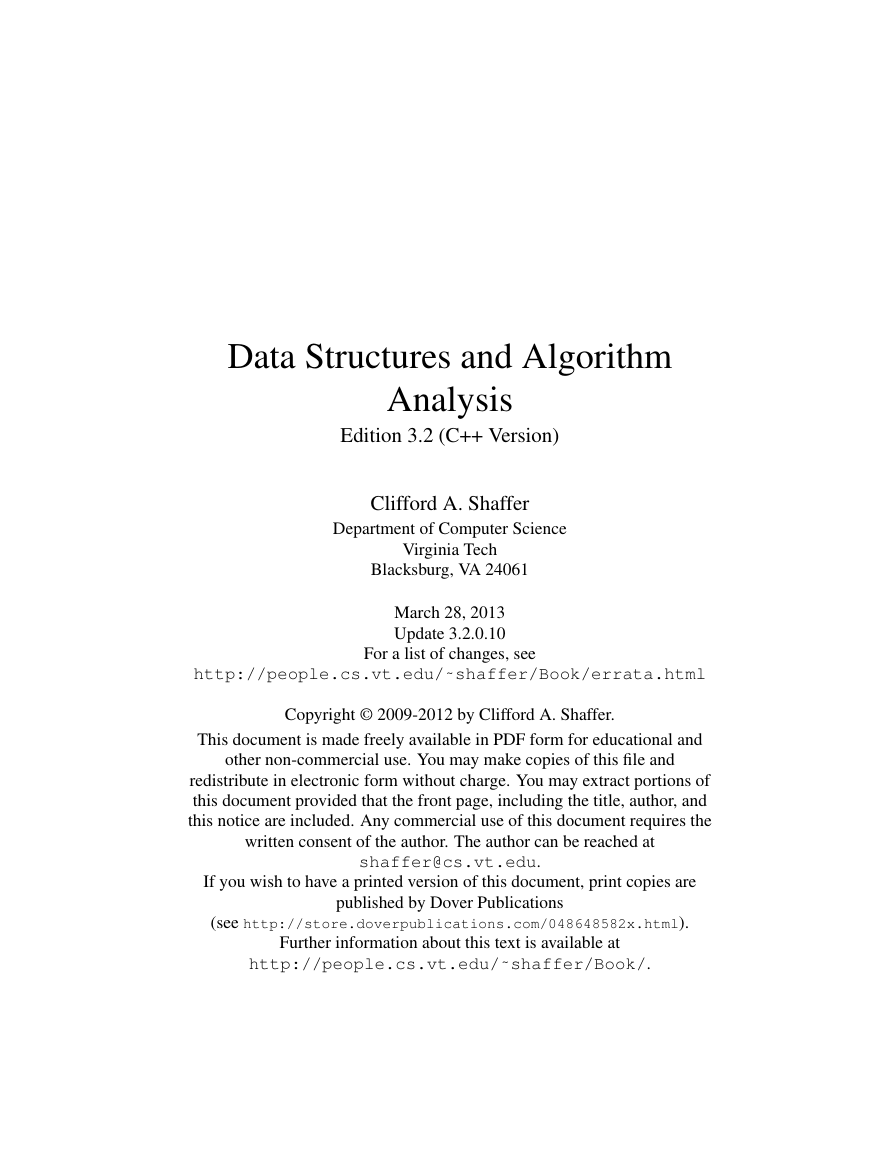
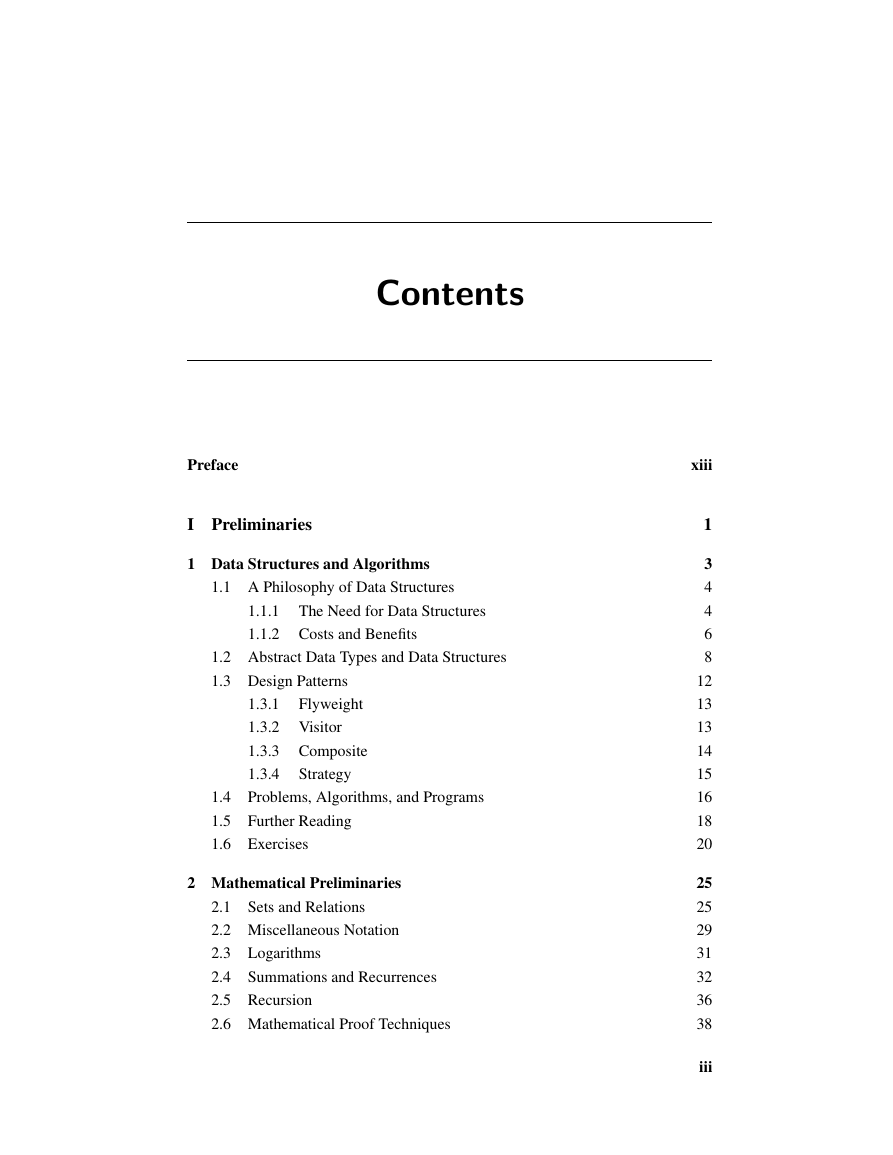
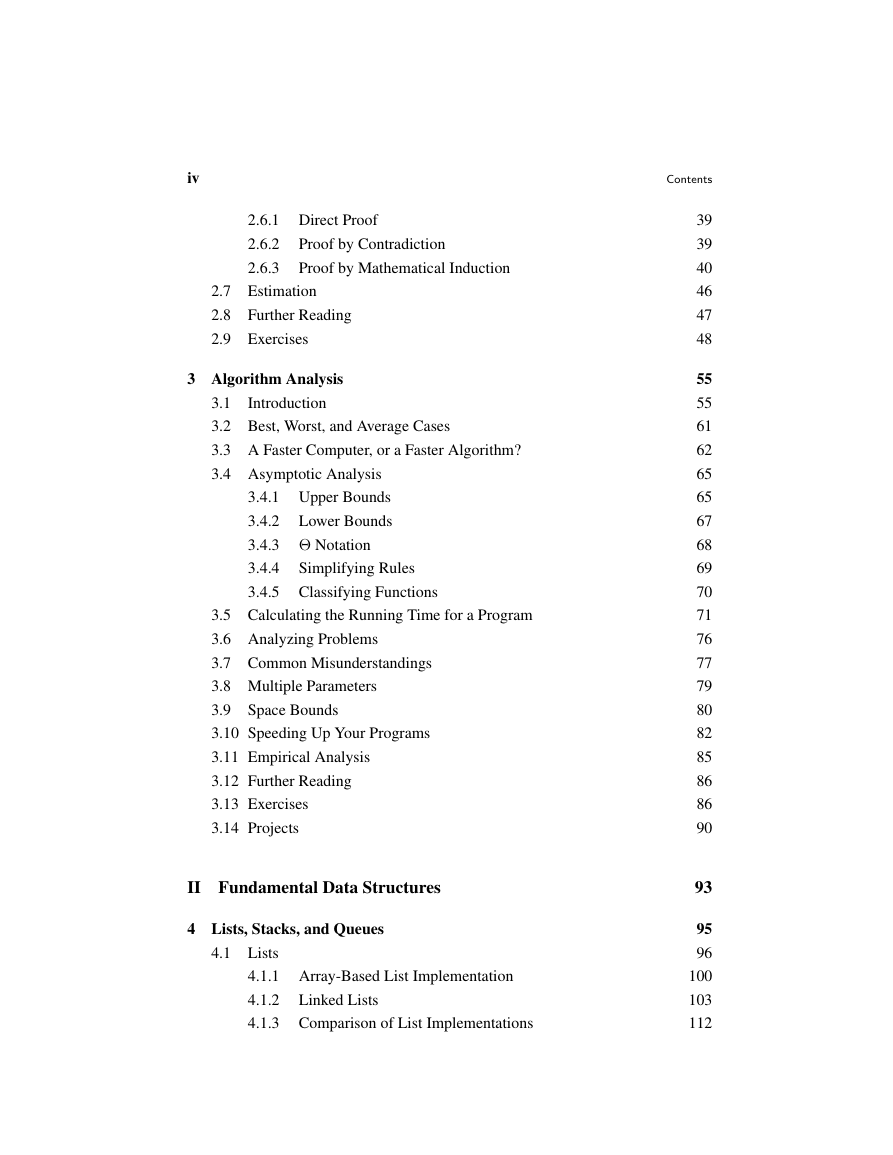
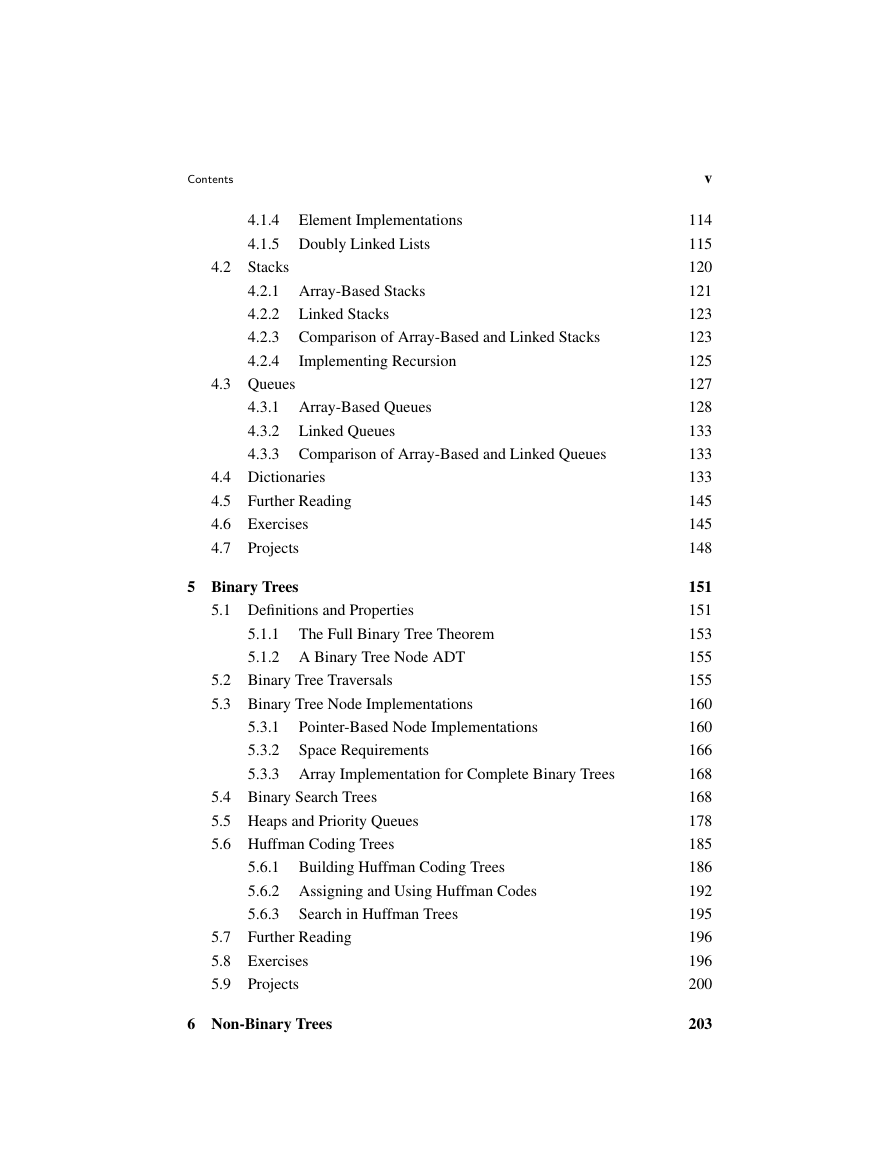
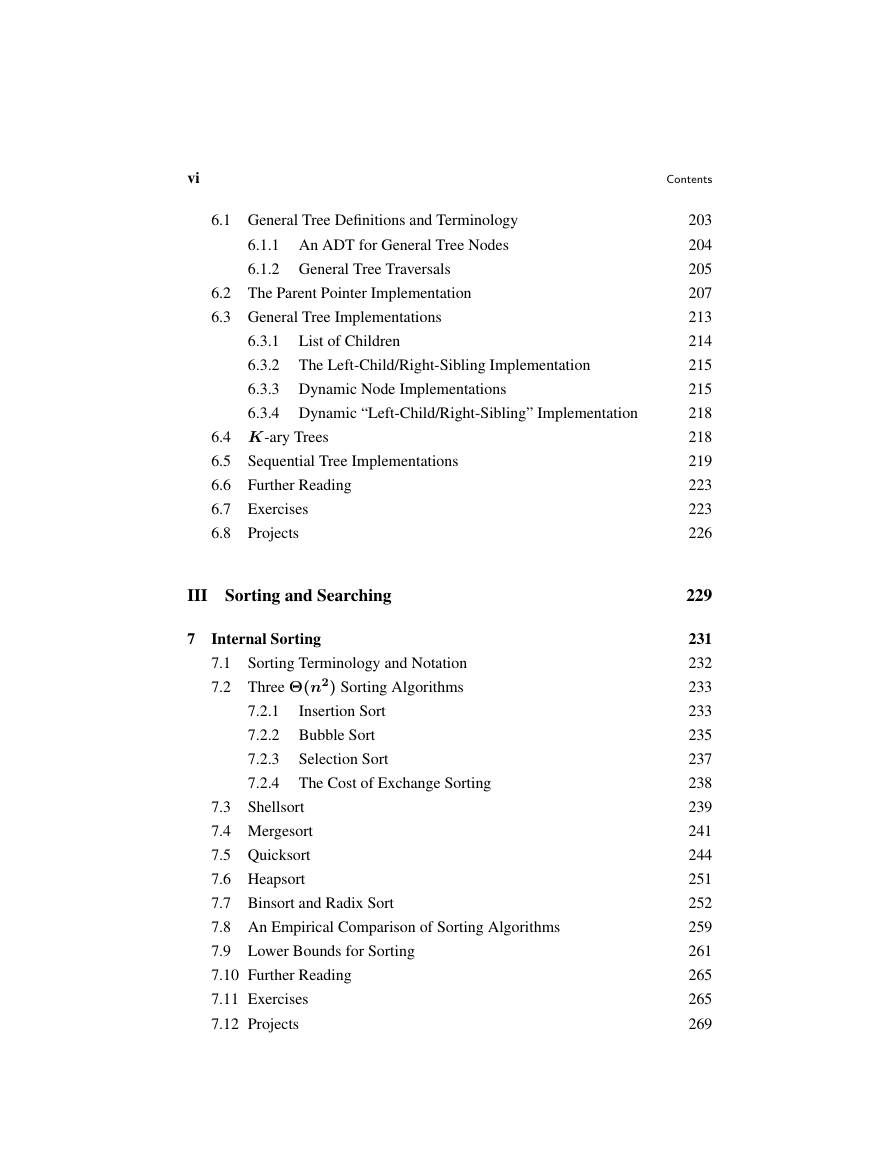
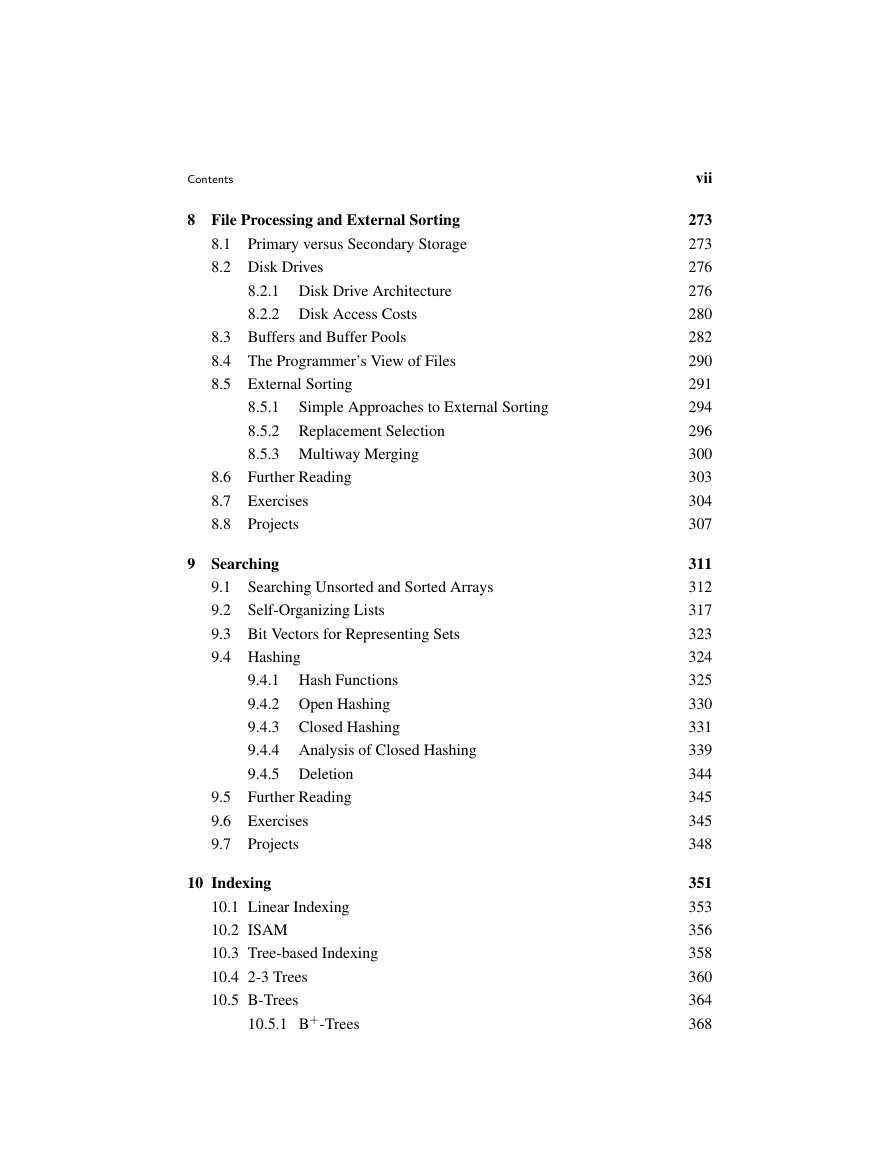
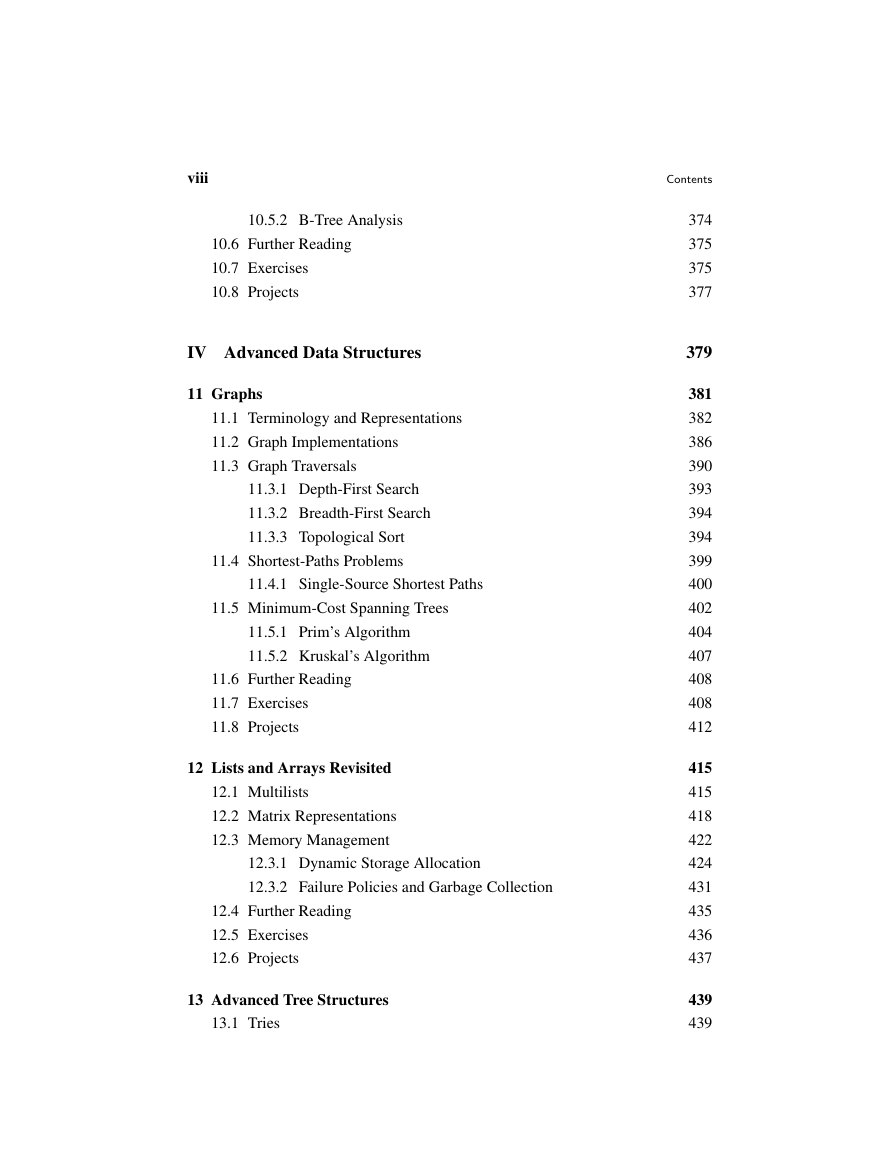
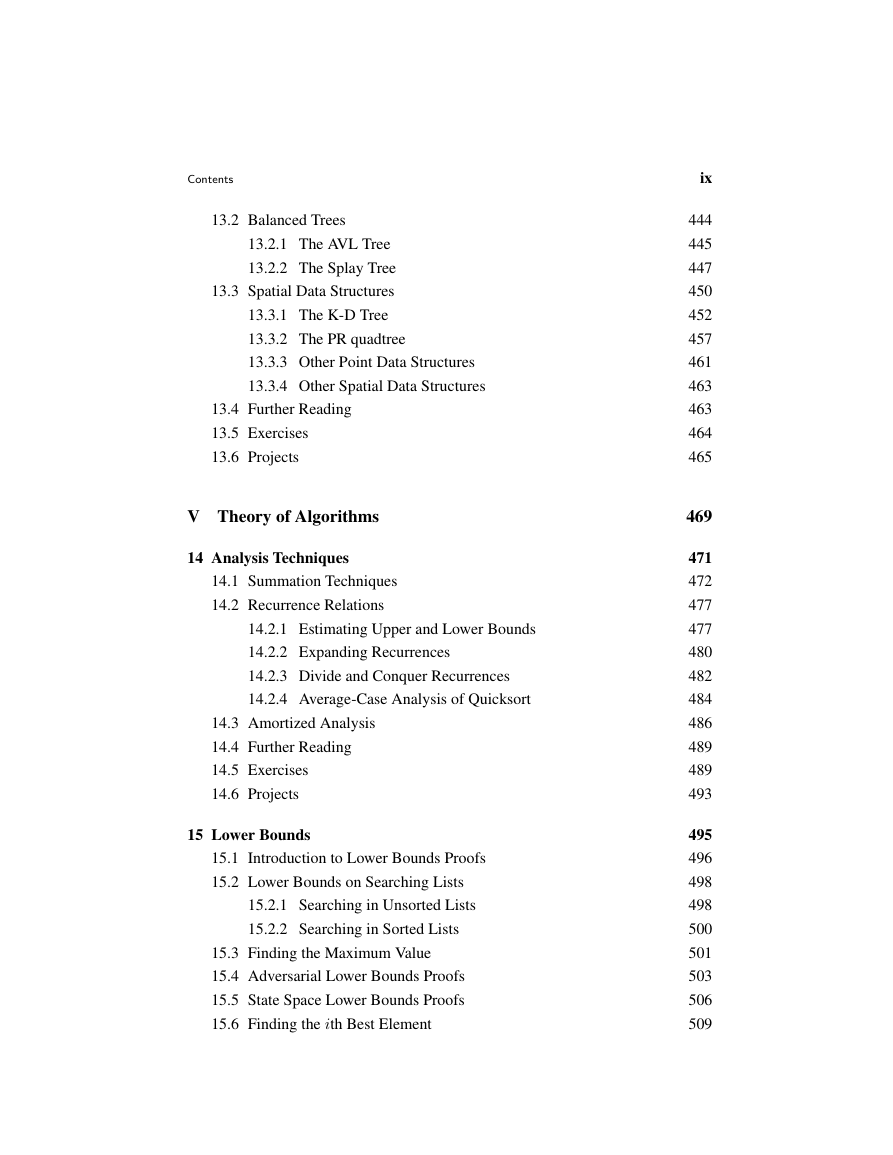








 2023年江西萍乡中考道德与法治真题及答案.doc
2023年江西萍乡中考道德与法治真题及答案.doc 2012年重庆南川中考生物真题及答案.doc
2012年重庆南川中考生物真题及答案.doc 2013年江西师范大学地理学综合及文艺理论基础考研真题.doc
2013年江西师范大学地理学综合及文艺理论基础考研真题.doc 2020年四川甘孜小升初语文真题及答案I卷.doc
2020年四川甘孜小升初语文真题及答案I卷.doc 2020年注册岩土工程师专业基础考试真题及答案.doc
2020年注册岩土工程师专业基础考试真题及答案.doc 2023-2024学年福建省厦门市九年级上学期数学月考试题及答案.doc
2023-2024学年福建省厦门市九年级上学期数学月考试题及答案.doc 2021-2022学年辽宁省沈阳市大东区九年级上学期语文期末试题及答案.doc
2021-2022学年辽宁省沈阳市大东区九年级上学期语文期末试题及答案.doc 2022-2023学年北京东城区初三第一学期物理期末试卷及答案.doc
2022-2023学年北京东城区初三第一学期物理期末试卷及答案.doc 2018上半年江西教师资格初中地理学科知识与教学能力真题及答案.doc
2018上半年江西教师资格初中地理学科知识与教学能力真题及答案.doc 2012年河北国家公务员申论考试真题及答案-省级.doc
2012年河北国家公务员申论考试真题及答案-省级.doc 2020-2021学年江苏省扬州市江都区邵樊片九年级上学期数学第一次质量检测试题及答案.doc
2020-2021学年江苏省扬州市江都区邵樊片九年级上学期数学第一次质量检测试题及答案.doc 2022下半年黑龙江教师资格证中学综合素质真题及答案.doc
2022下半年黑龙江教师资格证中学综合素质真题及答案.doc